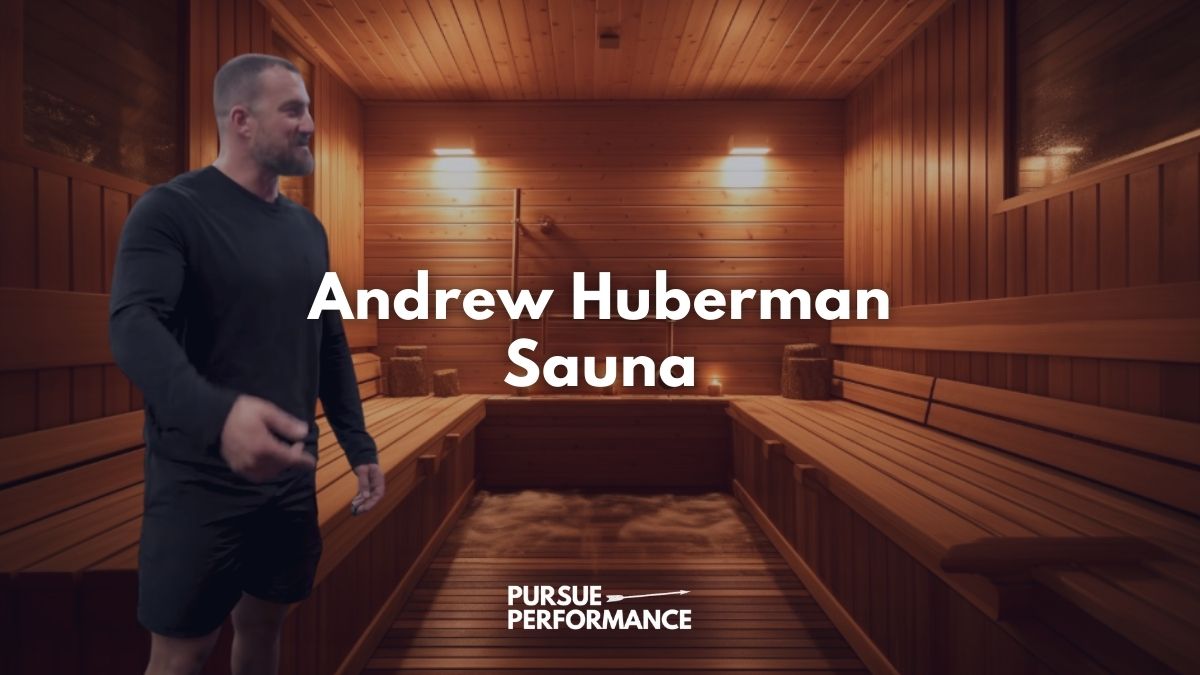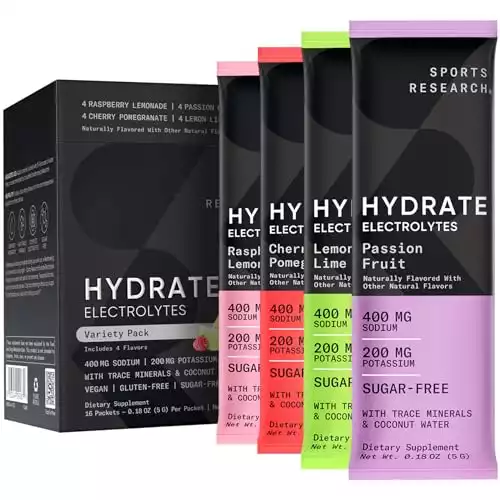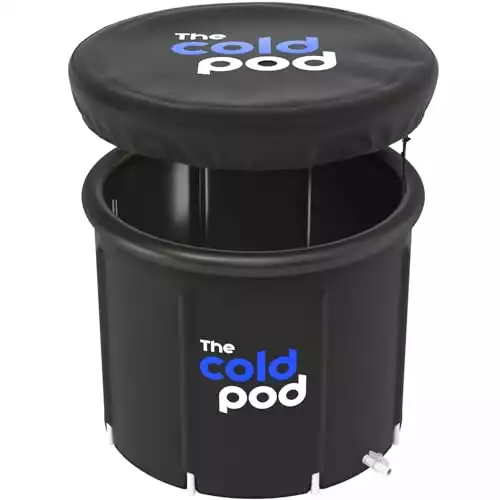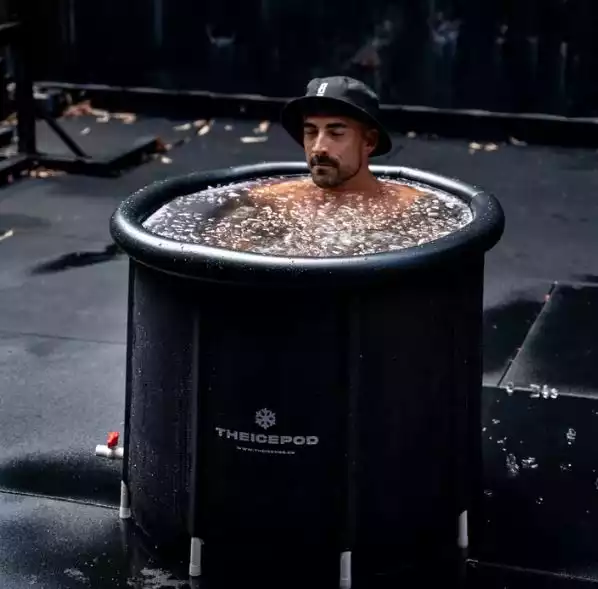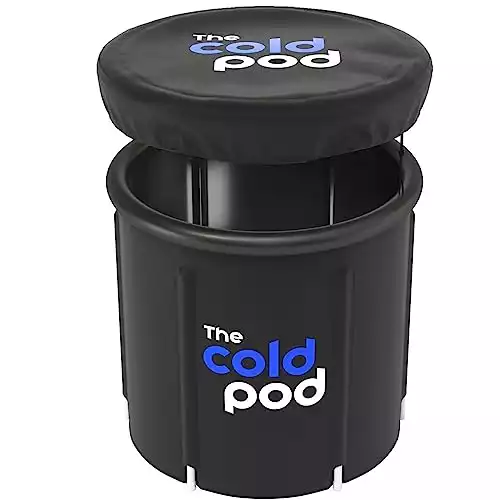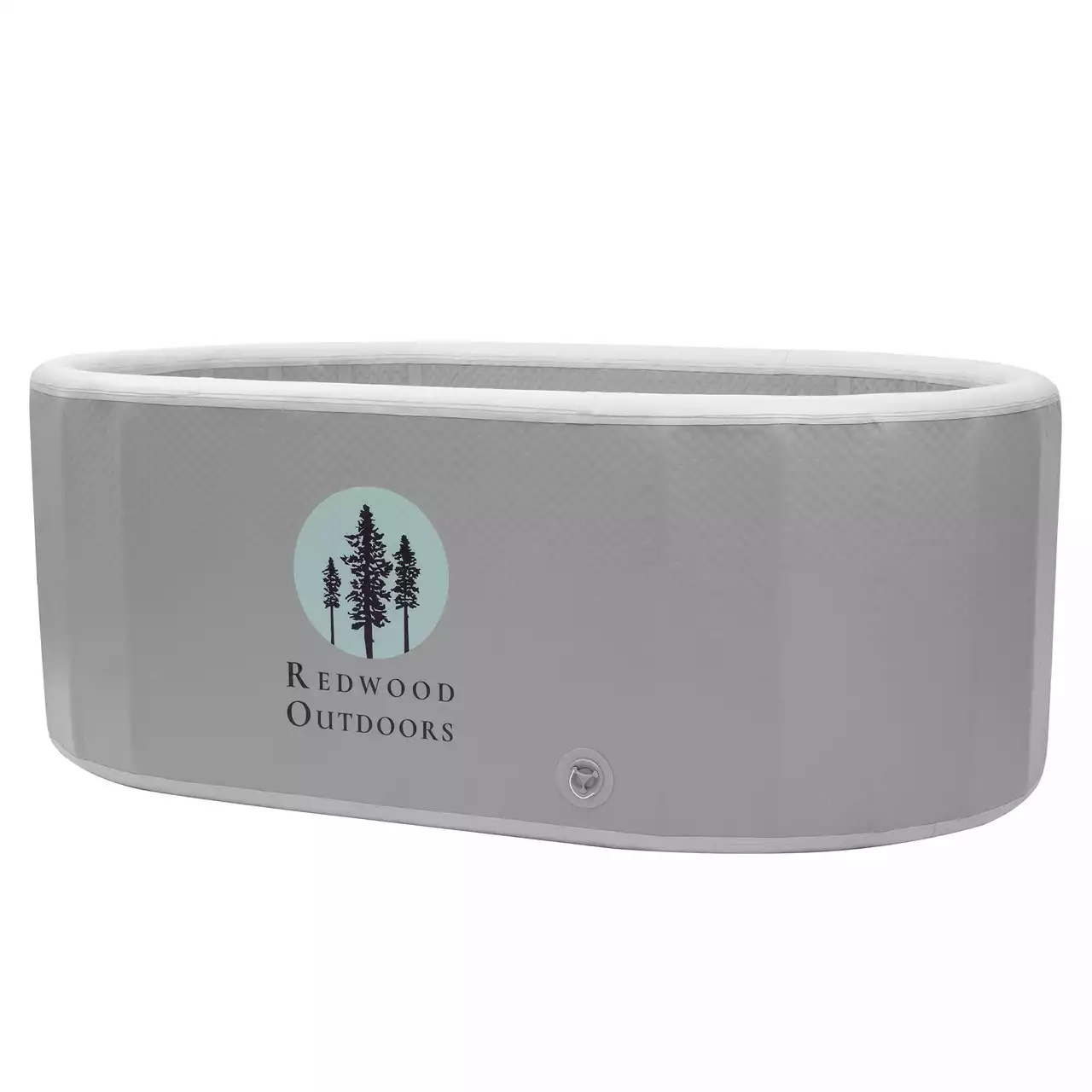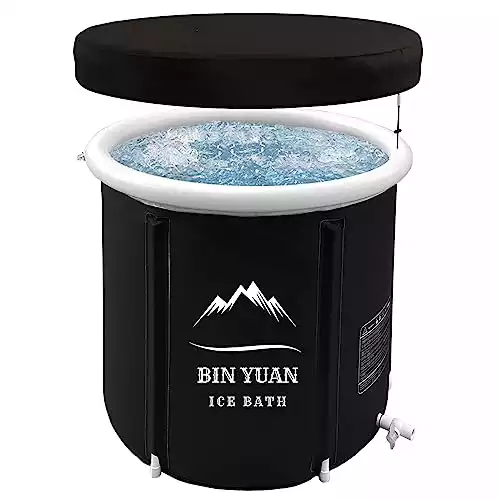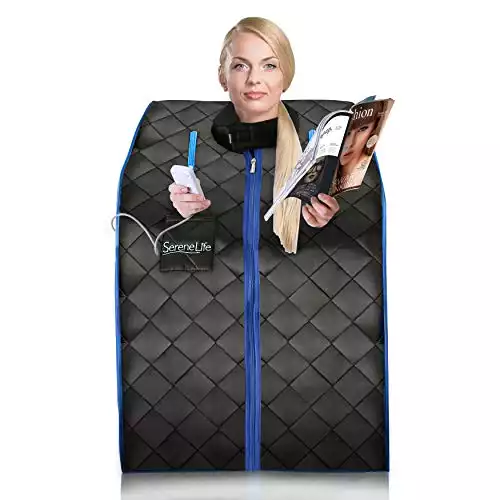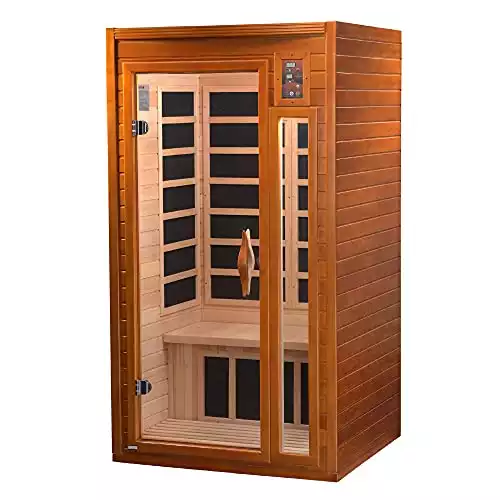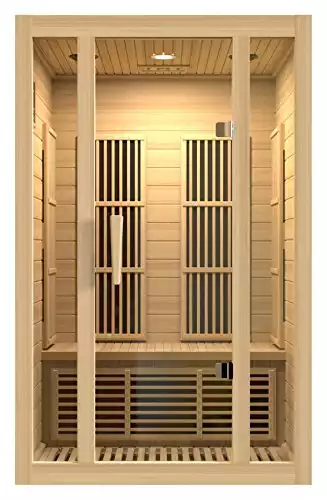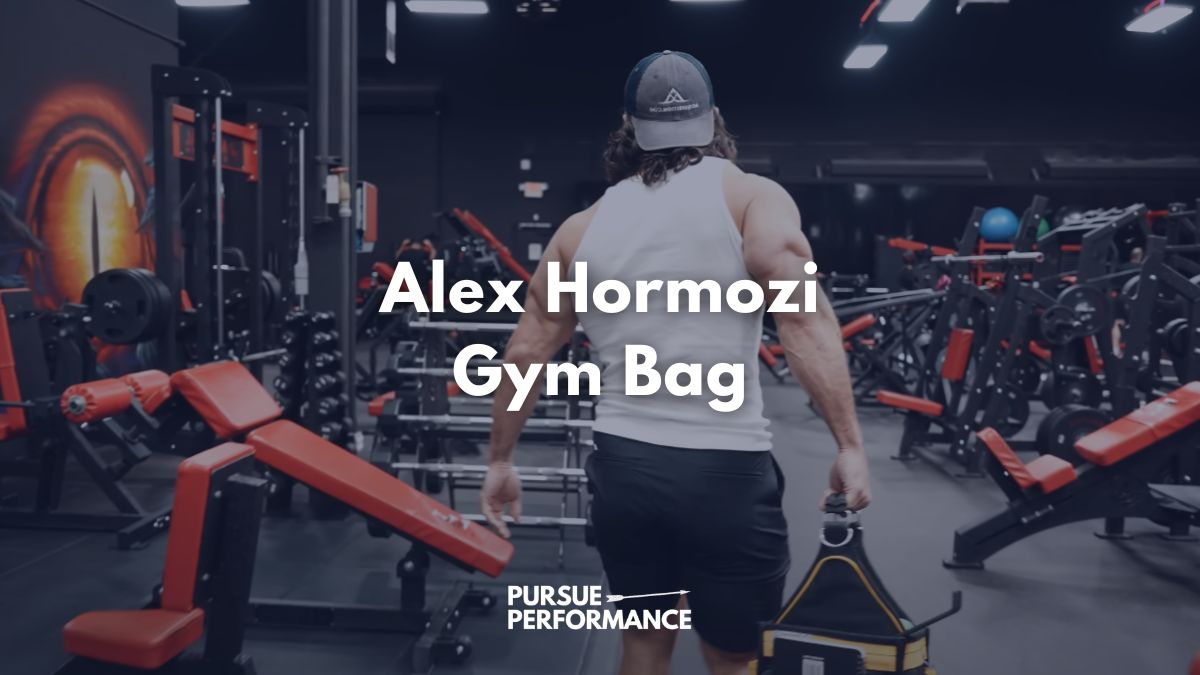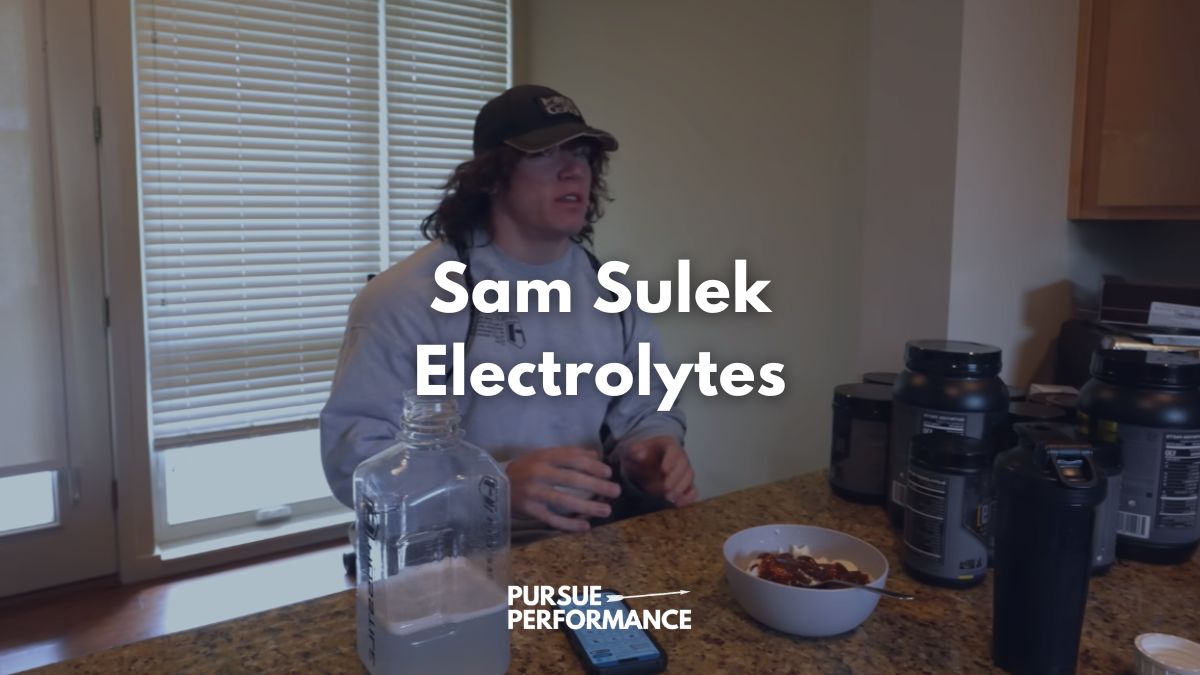Professor Andrew Huberman is a big proponent of
In this post, we will share Andrew Huberman’s
Top Picks
Electrolytes: Sports Research Hydrate
PortableSauna Alternative: SereneLife Infrared
Who is Andrew Huberman?
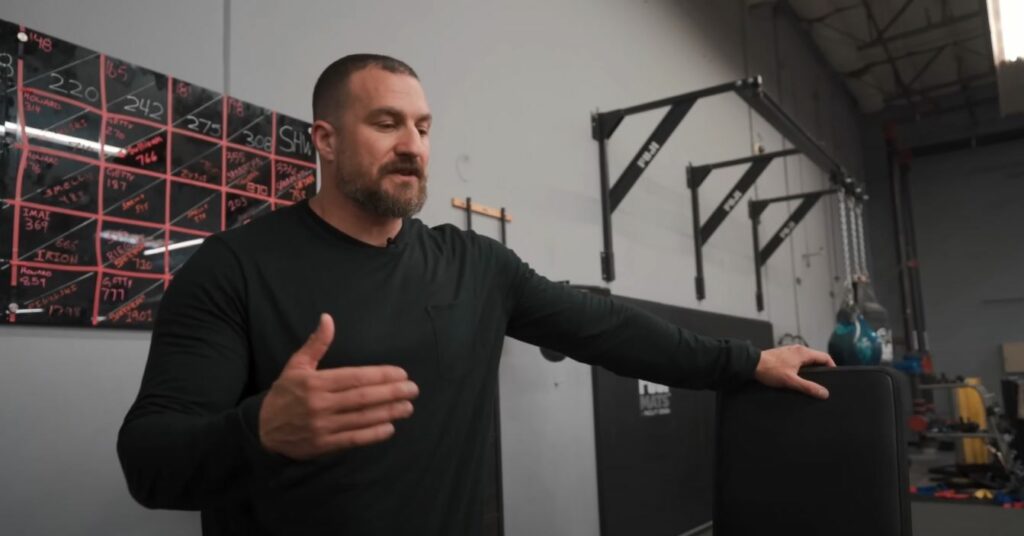
Professor Andrew Huberman, Ph.D., is a neuroscientist at Stanford School of Medicine.
He researches brain development, function, and neural plasticity.
In addition to his clinical work, Huberman hosts the Huberman Lab podcast, where he interviews subject matter experts and provides in-depth lectures on various health-related protocols and concepts.
Huberman Sauna Benefits
Huberman describes the body’s response to hot environments as a finely-tuned symphony of physiological reactions.
Upon exposure to heat, our skin acts as the conductor, sending signals to our brain’s preoptic area (POA), a region vital in temperature regulation.

This sensory information triggers responses in our autonomic nervous system, culminating in vasodilation —an increase in the width of blood vessels.
Cardiovascular
This physiological adjustment facilitates enhanced blood flow, amplified plasma volume, and a rise in stroke volume — the amount of blood the heart pumps with each beat.
The result is an escalated heart rate, generally ranging from 100 to 150 beats per minute.
Remarkably, Huberman likens these effects to a cardio workout, albeit one without any strain on joints or limbs.
As the heart rate increases and more blood circulates, the body undergoes vascular changes to accommodate these shifts.
This phenomenon essentially provides a ‘cardio workout’ without any physical exertion.
Related: How to Acclimatize to Heat with Sauna
Cortisol
Another intriguing facet of ‘deliberate heating’ relates to the hormonal shifts that ensue.
Our adrenal glands, as well as reproductive organs like testes and ovaries, respond to the hot environment with alterations in hormone production.
Looking deeper into the hormonal effects, Huberman cites a 2021 study on young adult men.
The research participants attended four
Interestingly, the study found that this protocol led to a considerable decrease in cortisol — the hormone often linked with stress.
Related: Sauna and Ice Bath: Complete Guide
Cortisol, while beneficial in small, regulated amounts, can be problematic when levels spike due to prolonged stress.
Hence, the cortisol-lowering effect of
Related: Sauna Cold Plunge Routine
Growth Hormone
Sauna use has been found to trigger moderate increases in growth hormones.
Growth hormone is a naturally occurring hormone secreted by our pituitary gland, nestled in close proximity to the roof of our mouths.
Notably, growth hormone plays a pivotal role in the metabolism and growth of cells and tissues, as well as in tissue repair.
Of particular interest is a study that found deliberate heat exposure through
This can be particularly advantageous for people in their 30s, 40s, and beyond.
Typically, growth hormone is released during the early stages of our sleep cycle, characterized by slow-wave sleep.
As we age, this nocturnal release of growth hormone dwindles, leaving a gap that
To maximize growth hormone release:
Time your
Growth hormone is also critical in post-exercise recovery, stimulating fat loss, muscle growth, or repairing a specific injury.
Related: Andrew Huberman Magnesium Threonate: Brand, Dosage, and Rationale
Huberman Sauna Protocol
Huberman uses the
The duration of my sessions varies, but typically he stays in for about 5 to 20 minutes per session.
Huberman hasn’t stated a preference between wet or dry saunas, as both can be effective.
Regarding his personal
He also ensures to hydrate properly after each session, replacing the water and electrolytes lost through sweating.
- Flavored with coconut water (no sugar)
- Optimal sodium to potassium ratio (2:1)
- Easy travel packaging
Related: Andrew Huberman Red Light Therapy Recommendations
Duration and Frequency
Aim for a 20-minute session in the
This regimen appears to be an effective minimum dose for reducing overall mortality risk and cardiovascular complications.
Combining with Cold
Incorporating cold exposure with
- 20% larger vs. average
- Multi-layer insulation
- Thermal protective cover
- Small, portable & foldable
- Affordable
- Insulated
- Simple set up
- Easy to drain and move
- Lid keeps water cold
- Holds up to 120 gallons
- Option to add a chiller pump
- Includes a carrying backpack
- Fast draining design
- Easy to store away
Maximizing Growth Hormone
For those aiming to augment growth hormone release, consider using the
However, it’s crucial to remember that regular
Related: Andrew Huberman Tongkat Ali: Complete Guide
Alternatives to Sauna
If a
These can include hot tubs, sauna tents, or engaging in exercise while wearing heavy clothing.
- Low price sauna alternative
- Perfect for small spaces/apartments
- Easy to assemble
However, for men attempting to conceive, hot baths are not recommended as they can temporarily lower sperm motility and production.
Huberman has actually said he will go into the
Related: Best Red Light Therapy Bed
Huberman Infrared Sauna
When it comes to the type of
What’s important is that the
Sauna vs. Steam Room
When it comes to the benefits of heat exposure, Huberman has stated that it’s not so much about the specific method, whether it’s a
Both saunas and steam rooms can provide this beneficial deliberate heat exposure.
Traditional saunas are often used in studies due to their convenience and ability to control conditions, but there’s nothing inherently special about any one approach.
Sauna After Workout
According to Huberman, using a
First off, it can help increase growth hormone levels, especially if you use the
Secondly, it can have cardiovascular benefits and potential longevity benefits if done three to four, even seven times per week.
Lastly, it can have mental health benefits by increasing dynorphine, which then increases the ability of endorphin to have positive effects on mood after you get out of the
However, for most people, doing it later in the day will be more beneficial because of the post-sauna cooling effect.
After a
Huberman Sauna Cold Plunge
Huberman’s discussion with Susanna Søberg shed light on how combining heat exposure, like using a
These include:
- Improved blood sugar clearance
- Decreased insulin levels
- Enhanced brown fat distribution and density
The subjects in Søberg’s study took three rounds of cold exposure for one to two minutes, two to three times a week, which totals around eleven minutes of cold exposure weekly.
Alongside this,
Søberg noted a correlation with the Finnish Cohort study, which found that
The benefits plateau beyond 30 minutes, indicating that there’s no additional gain from extended exposure.
This corroborates the ‘hormetic stress’ concept, where moderate stress exposure can be beneficial for cellular repair and health, but overdoing it might be counterproductive.
Regarding cold plunges, it was found that immersion in cold water for one to two minutes per session, totaling around eleven minutes per week, is enough to extract health benefits.
As for
The key takeaway is that extreme measures are not necessary to gain the benefits of heat and cold exposure.
Slight stressors can lead to health improvements, but overexertion might exhaust the cells and inadvertently increase the risk of cardiovascular disease.
FAQ
What does Huberman say about sauna ?
Huberman has found
What type of sauna does Andrew Huberman recommend?
In terms of
The key is to create an environment that heats you up, but not to dangerously high levels.
This could be achieved with a traditional
What is the healthiest type of sauna ?
Huberman has said the healthiest type of
For instance, if you’re looking to increase growth hormone, a traditional
Most studies Huberman references on the Huberman Lab podcast utilize traditional saunas.
Does the sauna affect HGH levels?
Yes,
However, it’s important to note that the increase in growth hormone doesn’t necessarily compound with repeated
In other words, if you use the
If you want to maximize the amount of growth hormone released in response to
How many minutes in the sauna is healthy?
20 minutes in the
Is it OK to sauna everyday?
Yes, it’s okay to
Based on the data, about an hour per week, broken up into three sessions, makes the most sense for general health effects.
However, if you’re looking for the greatest growth hormone increases, you might want to do

